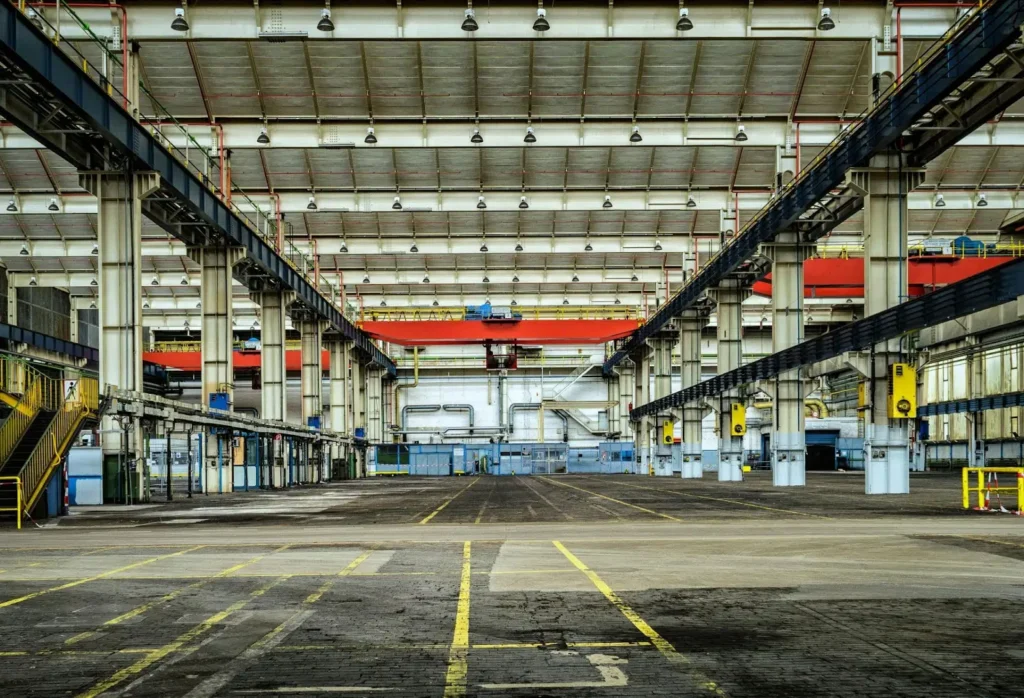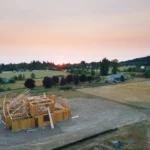The construction process of industrial buildings involves several stages, each of which requires careful planning and execution. Let’s take a look at the key stages of industrial building construction.
Planning and Designing Industrial Buildings
Before the actual construction begins, thorough planning and design are essential. This stage involves site selection, feasibility studies, architectural design, and engineering drawings. Factors such as the intended use of the building, transportation infrastructure, environmental impact, and regulations need to be considered during the planning and design phase.
During the design process, various professionals collaborate to create a comprehensive plan that meets the client’s requirements while considering factors such as structural integrity, energy efficiency, and safety.
Architects, structural engineers, mechanical engineers, electrical engineers, and other specialists work together to create a cohesive design that maximizes functionality and optimizes construction techniques.
One interesting aspect of the planning and design stage is the use of advanced technology.
With the advent of Building Information Modeling (BIM), designers can create virtual 3D models of industrial buildings, allowing for better visualization and coordination among the various disciplines involved. This technology enables the identification of potential clashes or conflicts before construction begins, reducing the likelihood of costly rework or delays.
Pro tip:
Planning and design stages are of utmost importance in Industrial building construction and should be approached with detailed attention. They are the bedrock of a successful project, impacting everything from cost control and risk mitigation to functionality, safety, and efficiency.
Construction Materials and Techniques
Industrial buildings require robust construction materials and techniques to withstand the demands of heavy machinery, harsh environments, and long-term operational use. The use of materials such as steel, concrete, and other specialized components provides the necessary strength, stability, and durability.
Concrete
Concrete is a crucial component in industrial construction, providing strength and durability. Reinforced concrete is commonly used for foundations, floor slabs, and structural elements.
Steel
Steel is a versatile material that offers a high strength-to-weight ratio, allowing for open floor plans and large clear spans. It is commonly used for the structural frame, roofing systems, and wall cladding.
Pre-engineered Components
Pre-engineered components, such as steel columns and beams, are often used to expedite the construction process. These components are fabricated off-site and assembled on-site, saving time and labor.
The construction techniques employed in industrial building construction can vary based on factors such as project size, budget, and specific requirements. Common techniques include conventional construction, modular construction, and prefabrication.
Modular construction, for example, involves the use of prefabricated modules that are manufactured off-site and then transported to the construction site for assembly. This method offers advantages such as reduced construction time, improved quality control, and minimized disruption to surrounding areas. It is particularly beneficial for industrial buildings that require repetitive design elements or standardized components.
Another interesting technique is the use of sustainable construction practices. As the demand for environmentally friendly buildings increases, industrial construction projects are incorporating features such as energy-efficient systems, renewable energy sources, and water conservation measures.
These sustainable practices not only reduce the environmental impact but also result in long-term cost savings for the building owners.
Did You Know?
On average, modular construction costs are 20% to 30% more affordable than traditional construction costs, depending on various factors such as size, design, materials used, and site work required.










